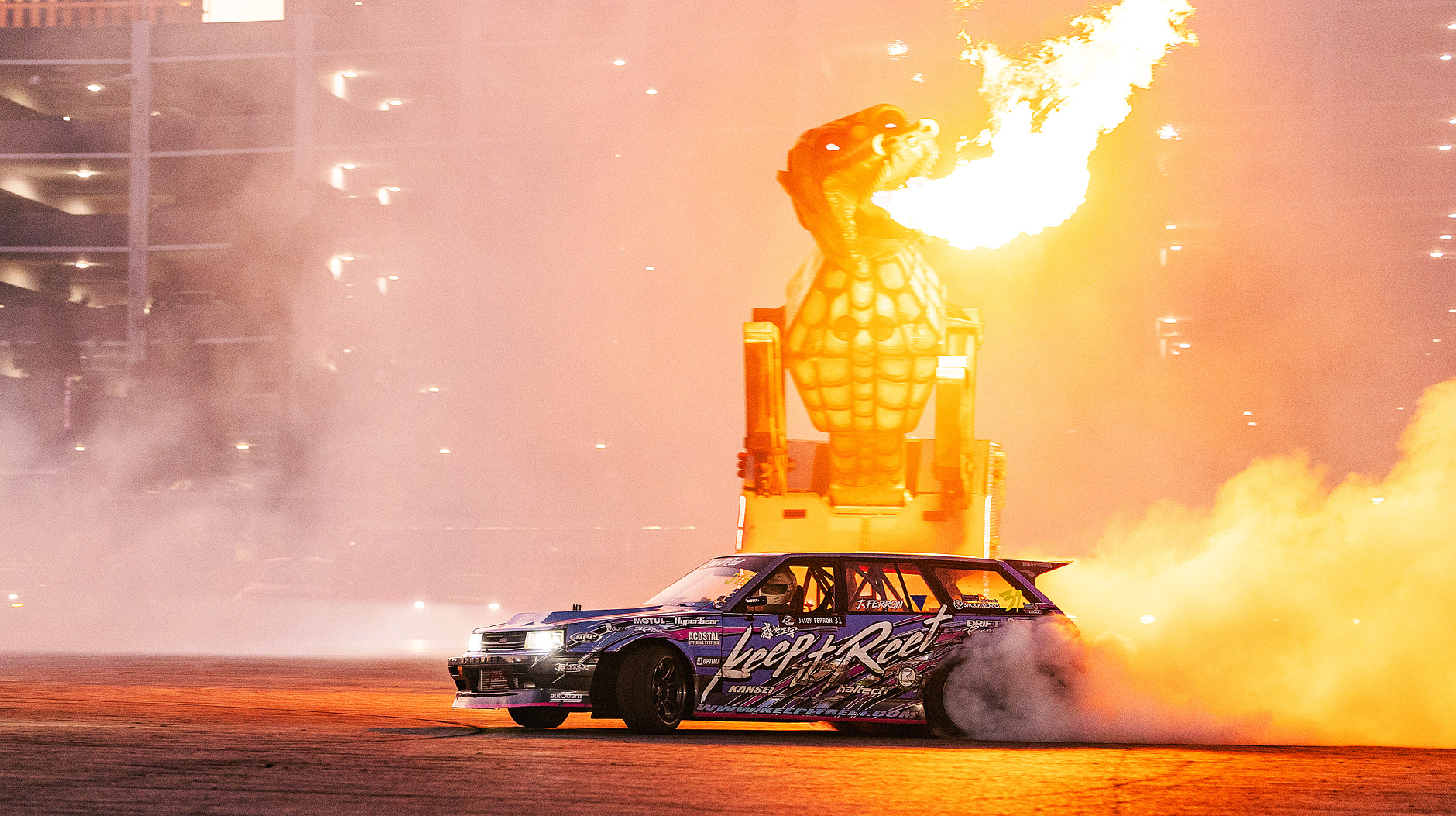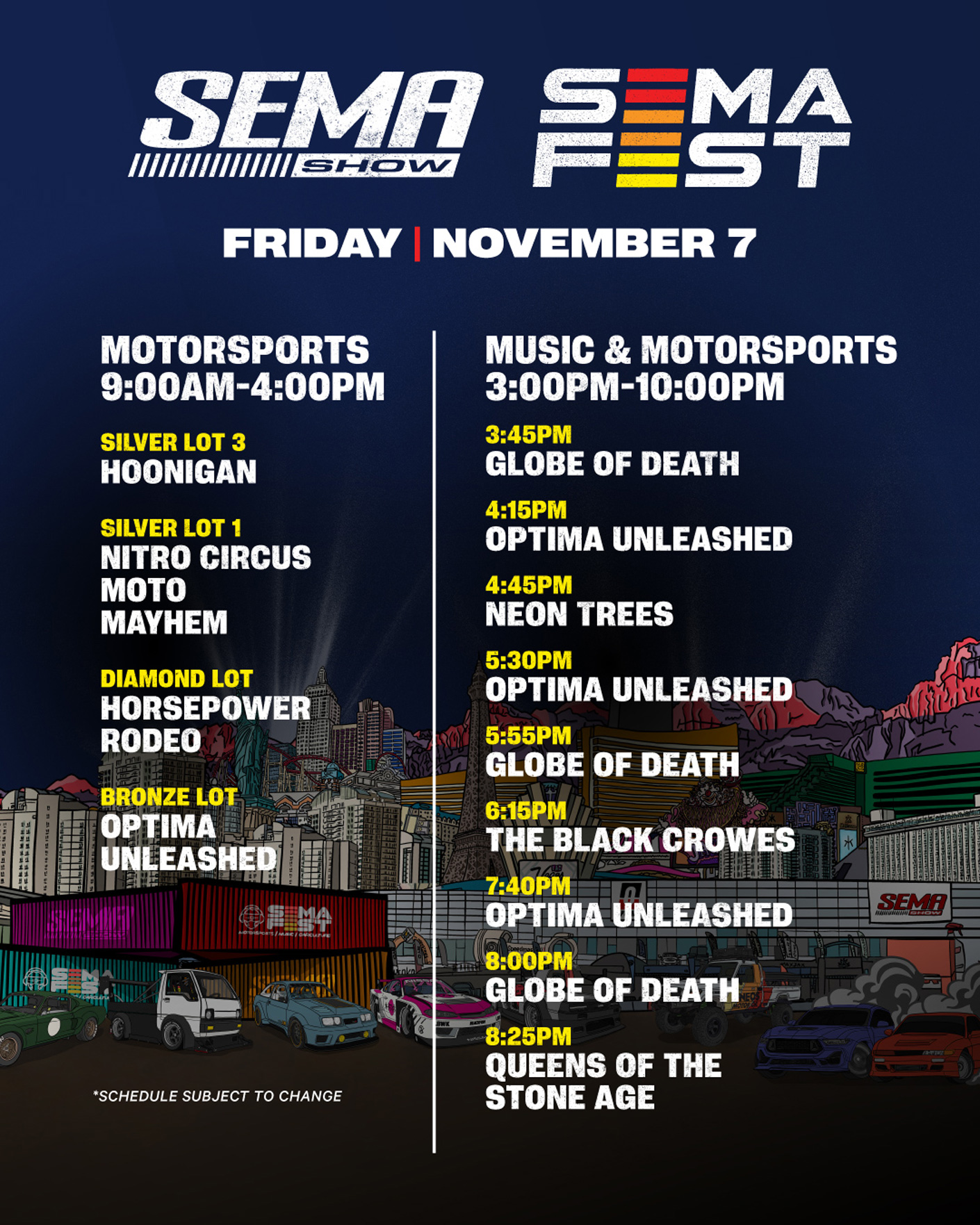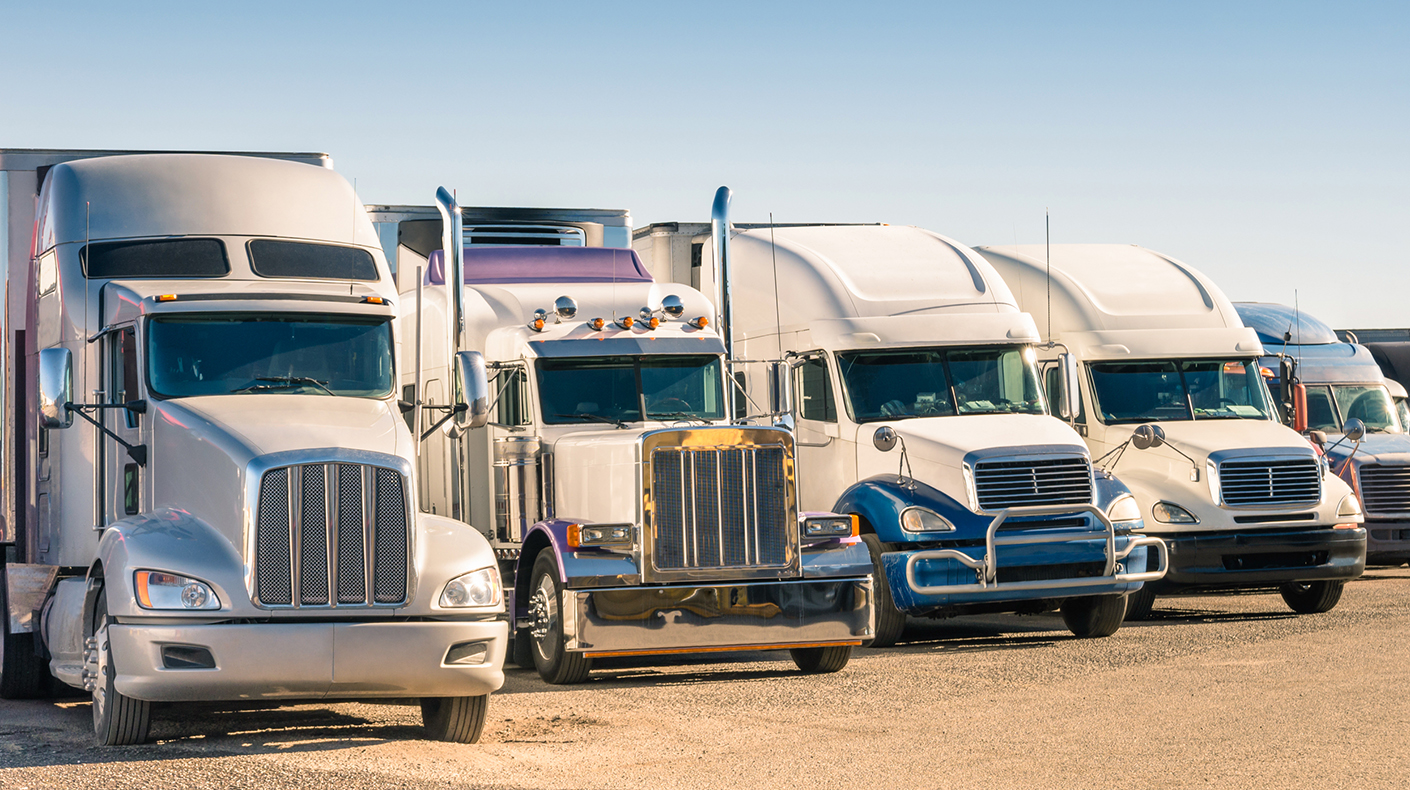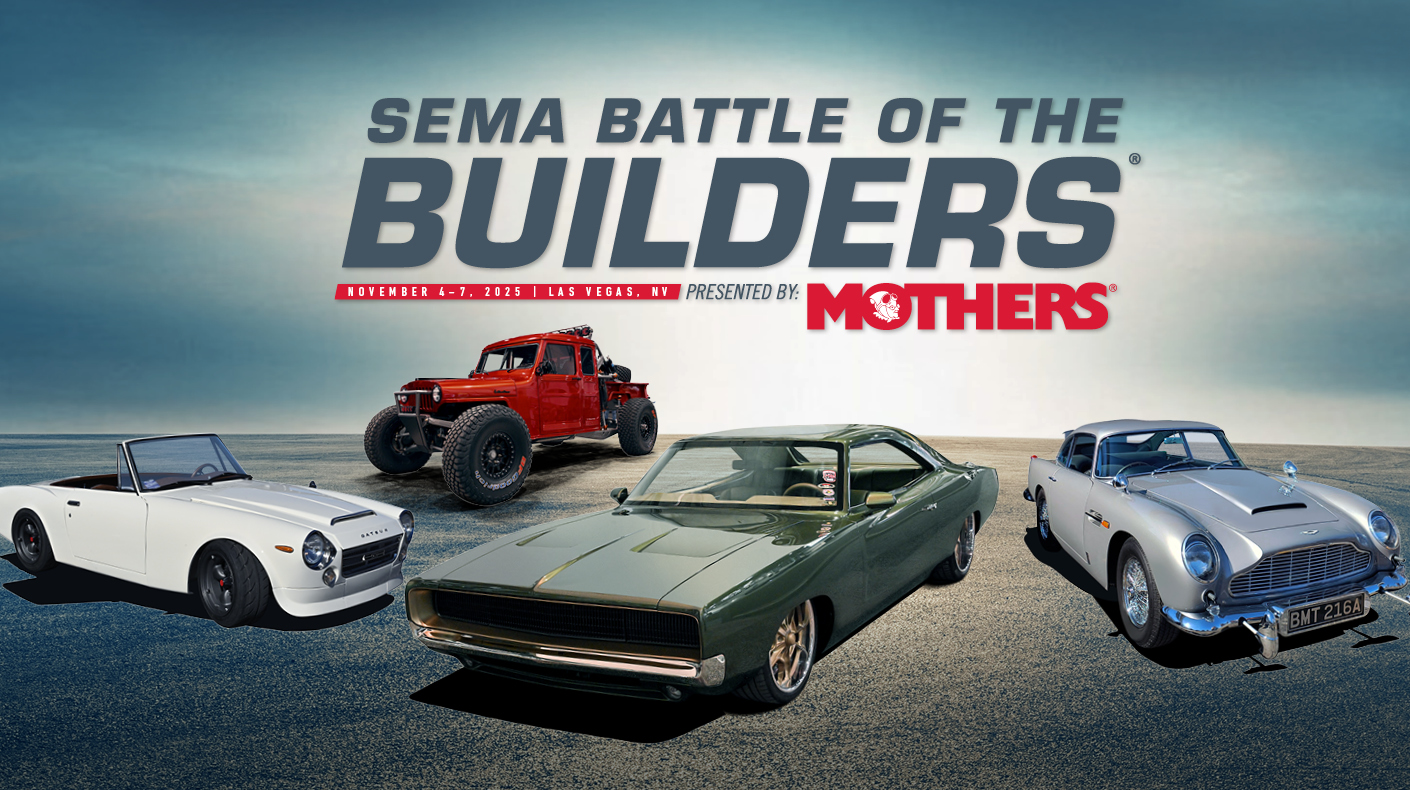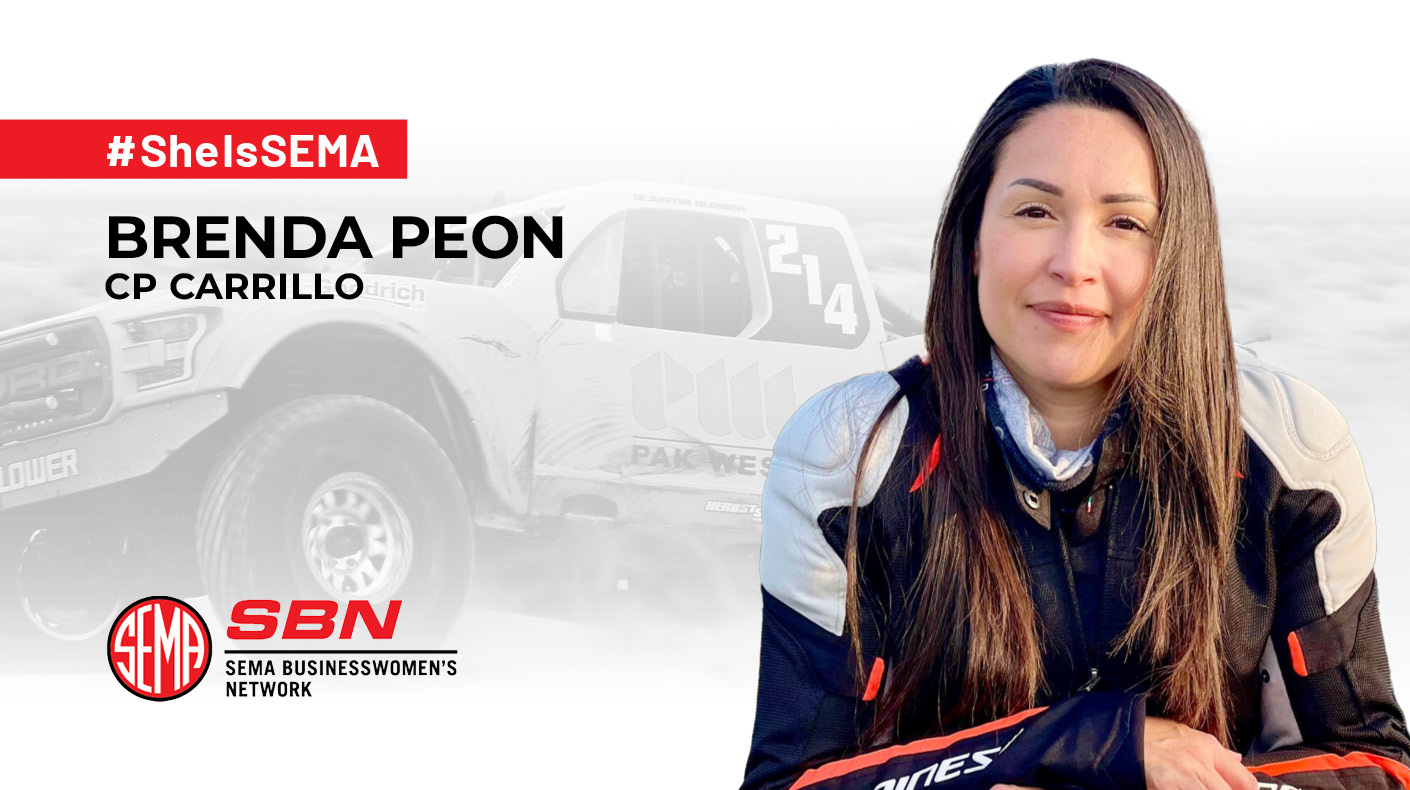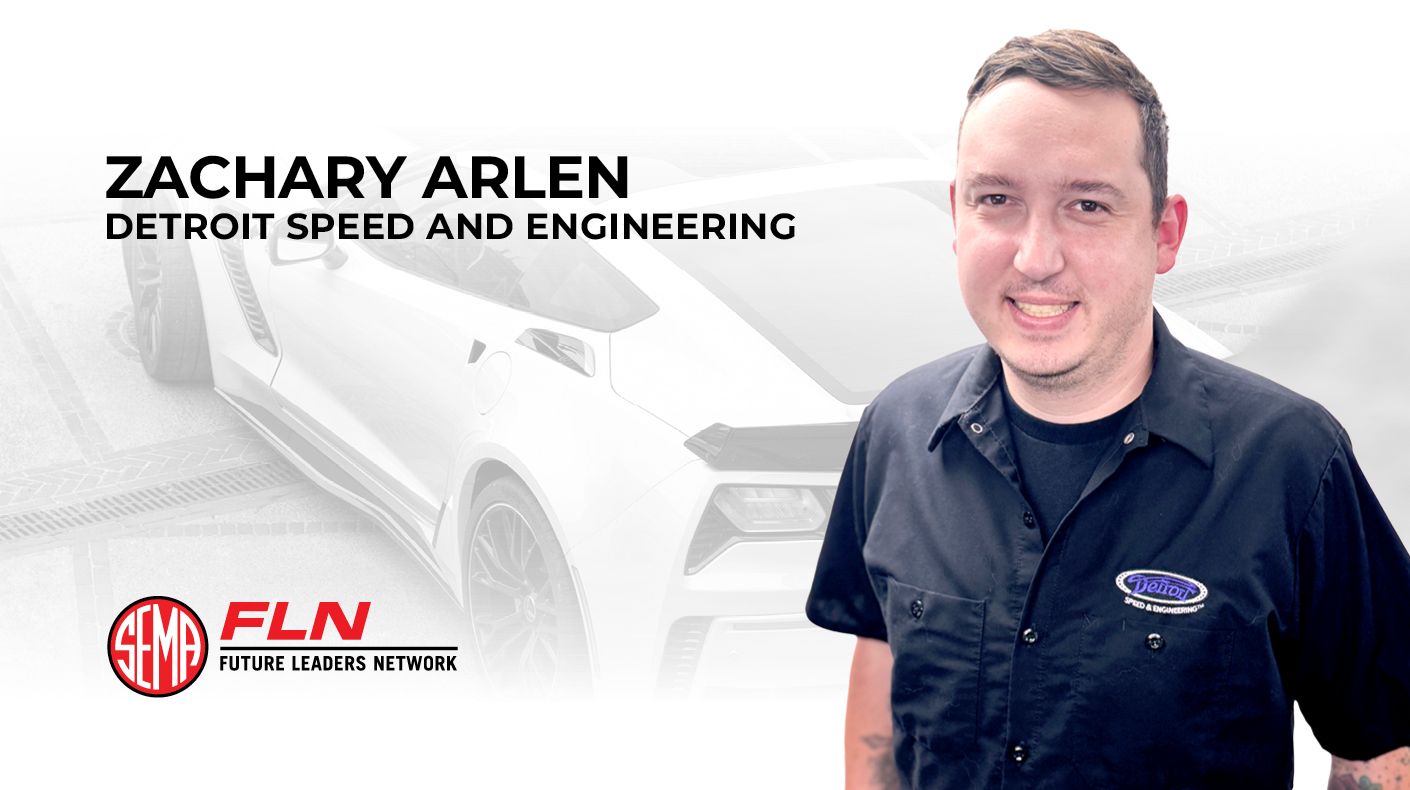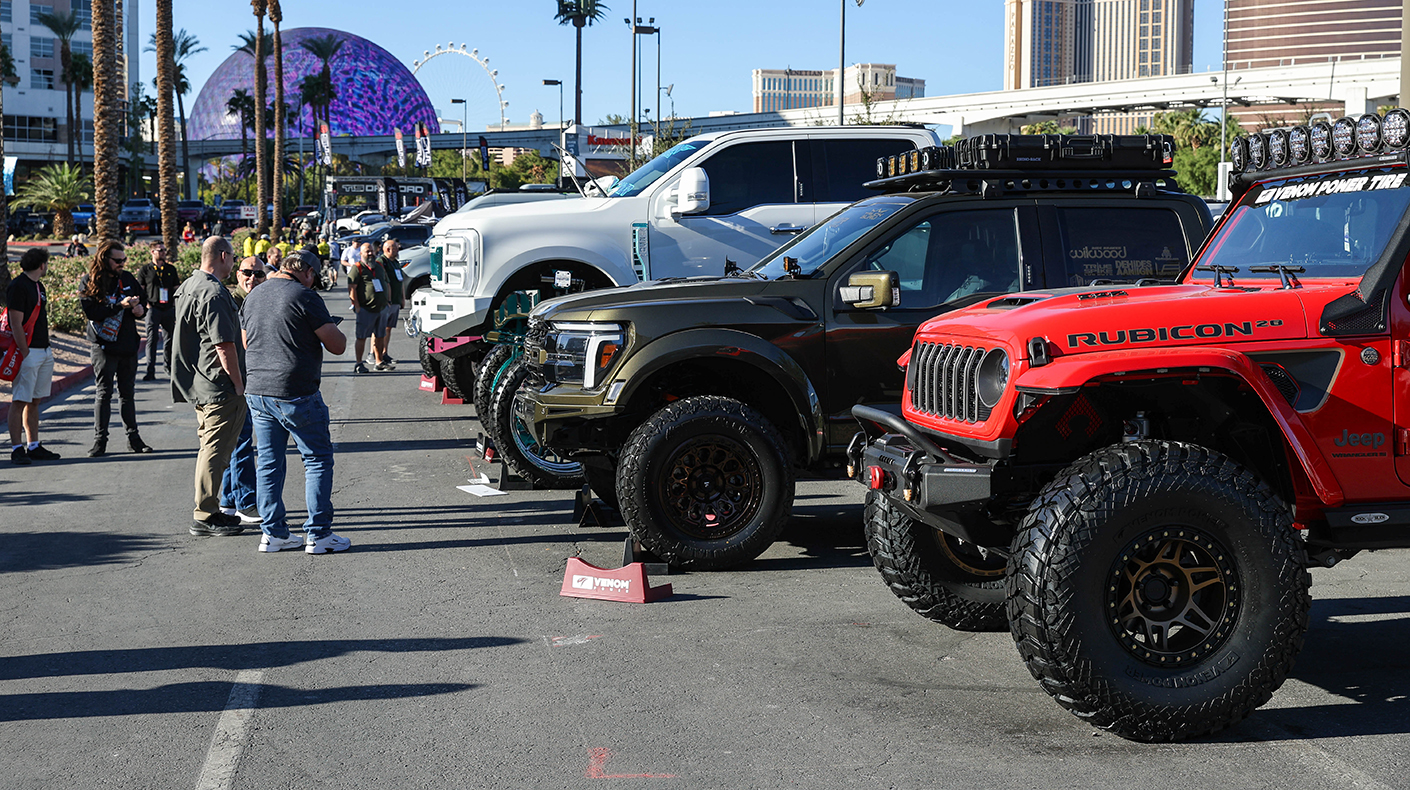Sponsored by Turn 14 Distribution
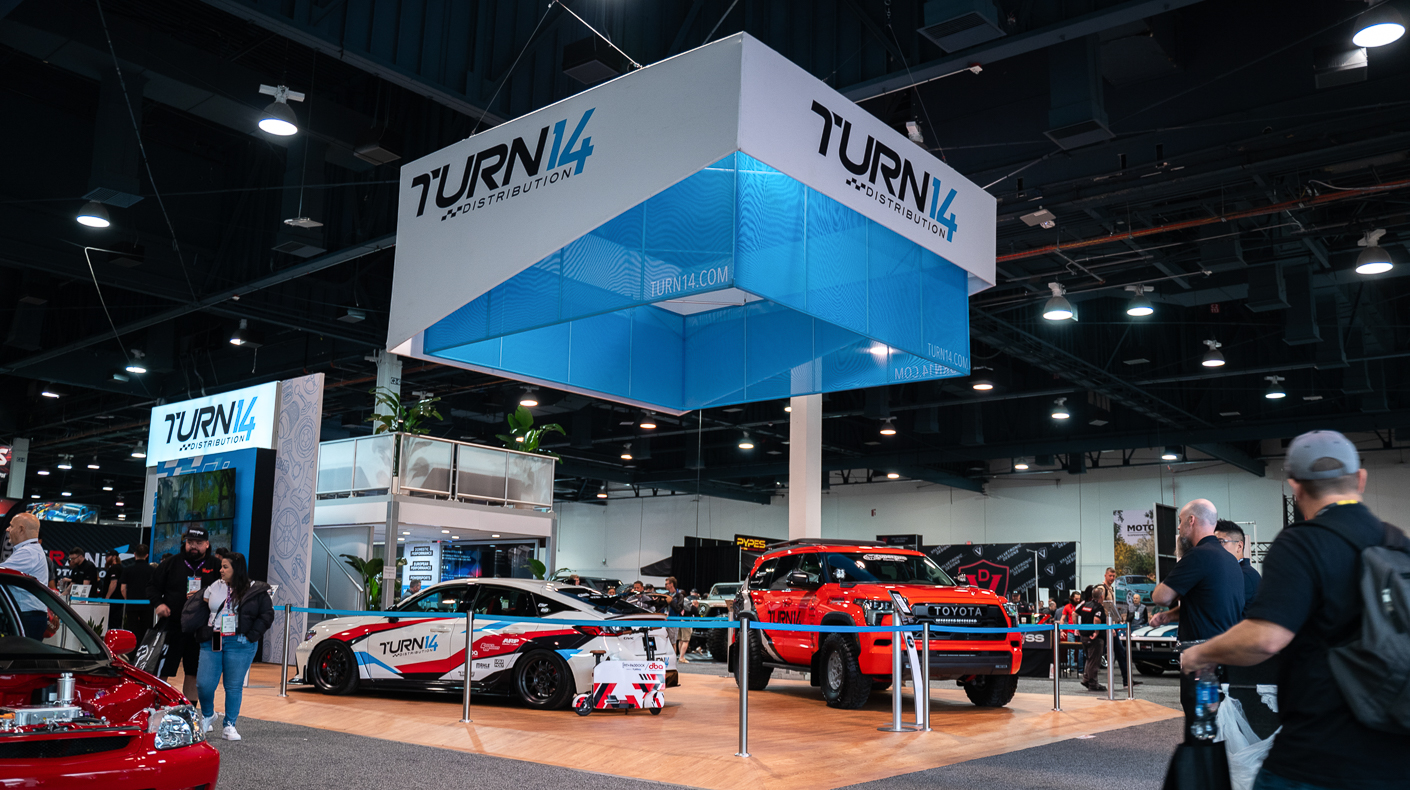
The Turn 14 Distribution booth at the 2024 SEMA Show.
The SEMA Show, held annually in Las Vegas, is a widely attended event that brings together member companies in the specialty automotive parts market. Vendors, manufacturers, dealers, repair shop owners and distributors from around the world gather to show their innovations, share custom vehicle trends and gain access to education.
But it's so much more than that; it's also the time to reconnect with friends and individuals who share the same passion: builds, mods and speed. In the chaotic fun of the week, attendees all take the time to slow down a bit and catch up with each other over a coffee or a meal.
And Turn 14 Distribution wants to do just that. The wholesale distributor of automotive and powersports aftermarket parts is returning to the SEMA Show this year, and this time, in an even bigger way for their partners.
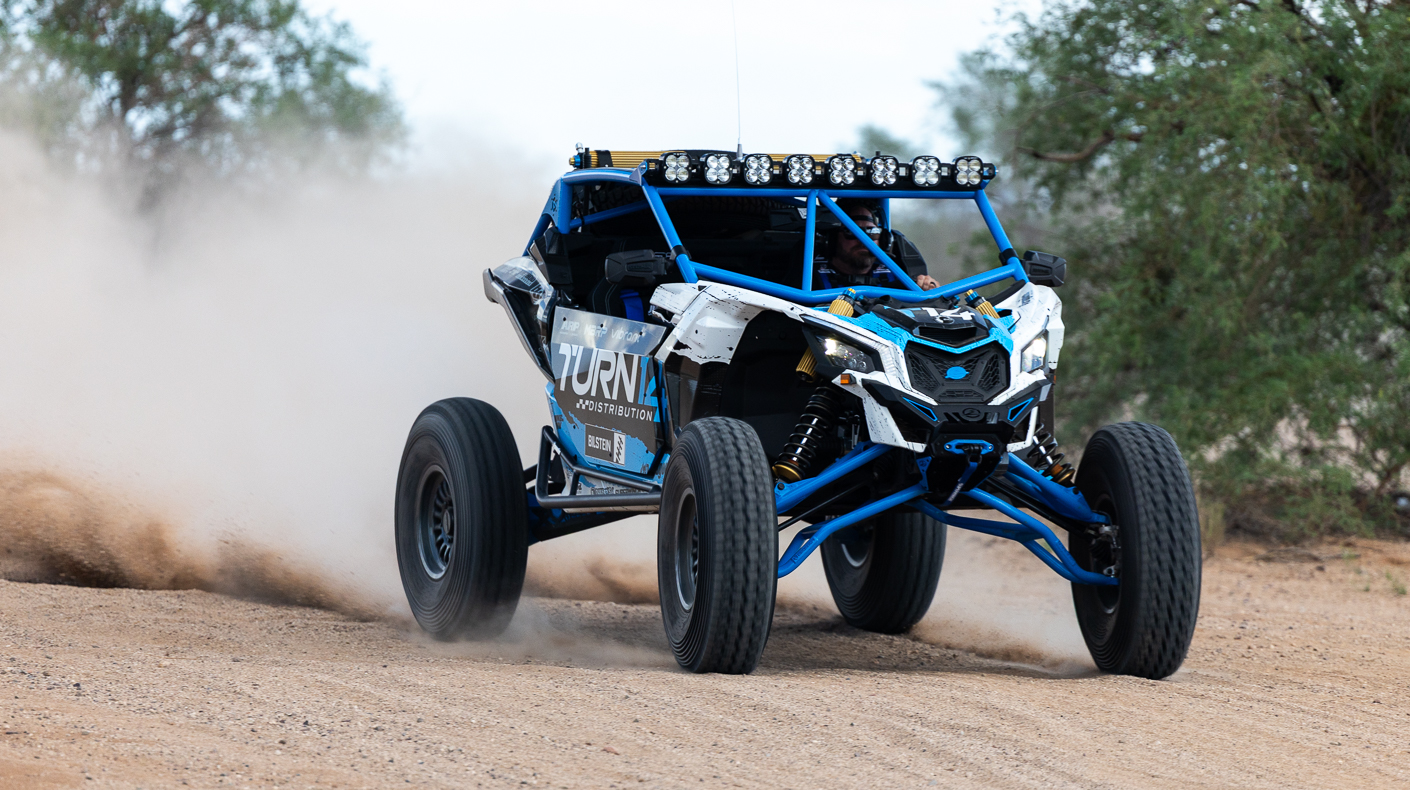
The Turn 14 Distribution '25 Can-Am X3 XRS Turbo RR build will be given to one of its dealers early next year.
As a longstanding member of SEMA, Turn 14 Distribution has a history of showing up big for their customers and vendor partners attending the annual show. As in years past, the company will have two locations: a booth in Central Hall as well as a spot in the Silver Lot, both featuring cool builds you won't want to miss.
But before the show starts, there will be something special starting Monday. Turn 14 Distribution is proud to announce the first-ever SEMA Kickoff Golf Tournament, an invite-only, laid-back networking opportunity to start the SEMA week off right. This includes four-person team scrambles and features fun competitions like longest drive, closest to the pin and a poker hand challenge, along with surprise contests throughout the day. Turn 14 Distribution dealers can reach out to your sales representative for more information, as seats are limited.
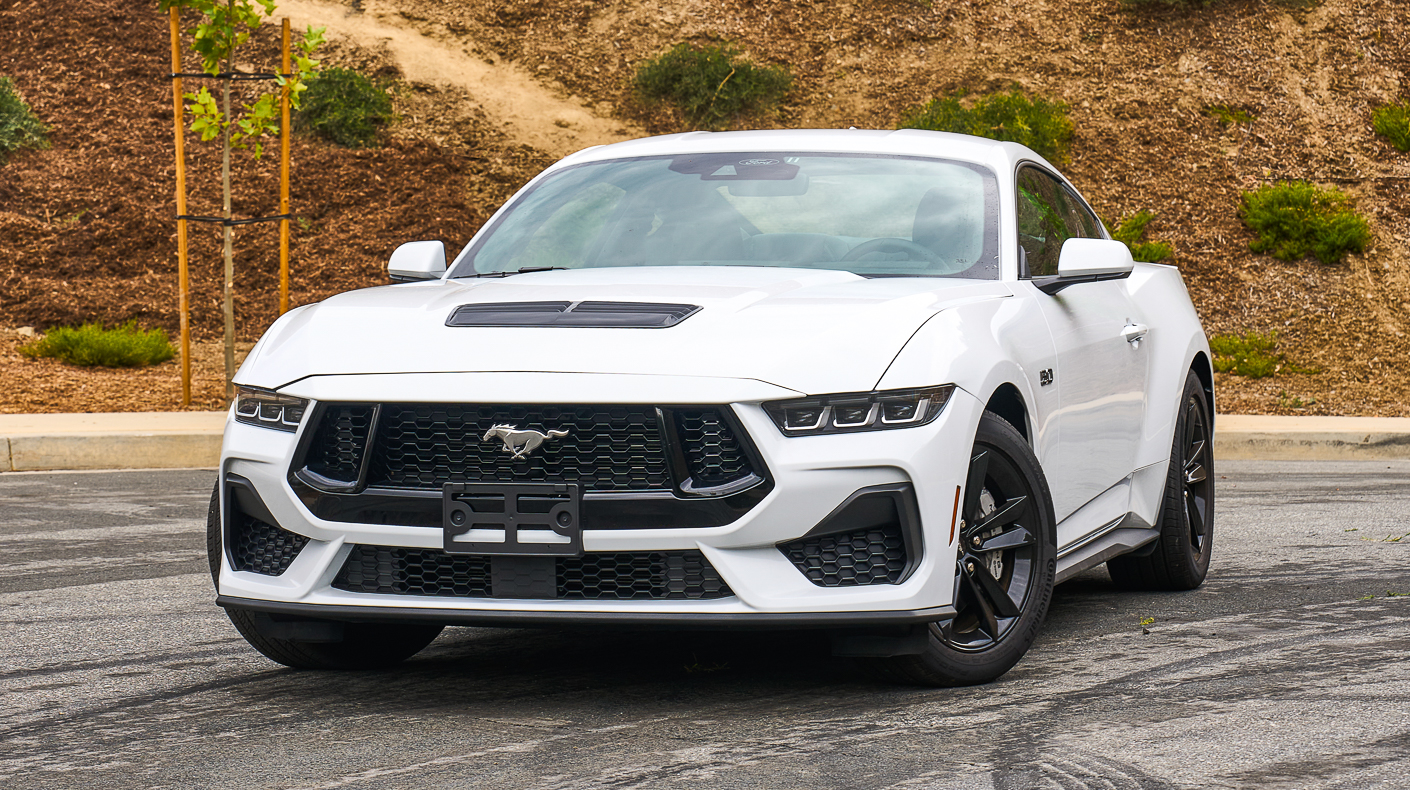
The Turn 14 Distribution 2025 Mustang build will be unveiled at the SEMA Show.
Starting on Tuesday, the Central Hall Turn 14 booth will proudly display a '25 Harley-Davidson outfitted with Kuryakyn Road Glide FLTRX, and two cool vehicle builds they did in collaboration with their partners, which will be unveiled in full fanfare at the show for all to see. These vehicles are part of a customer giveaway, where lucky customers will have a chance to take one home in 2026. The distributor will also be offering their customers some deals that they won't want to miss. As always, Turn 14 Distribution customers should stop by at booth #21303 to chat and hear more.
Outside, in Silver Lot #84160, the flashy Turn 14 Distribution rig, surrounded by impressive trucks and UTV builds covering all your off-roading needs, will welcome attendees as they stroll up from the monorail to the Central Hall. Attendees can swing by during our coffee hours Tuesday to Friday mornings to say hello--and to come hear all about the UTV build, which is also part of a customer giveaway for one lucky Turn 14 Distribution dealer!
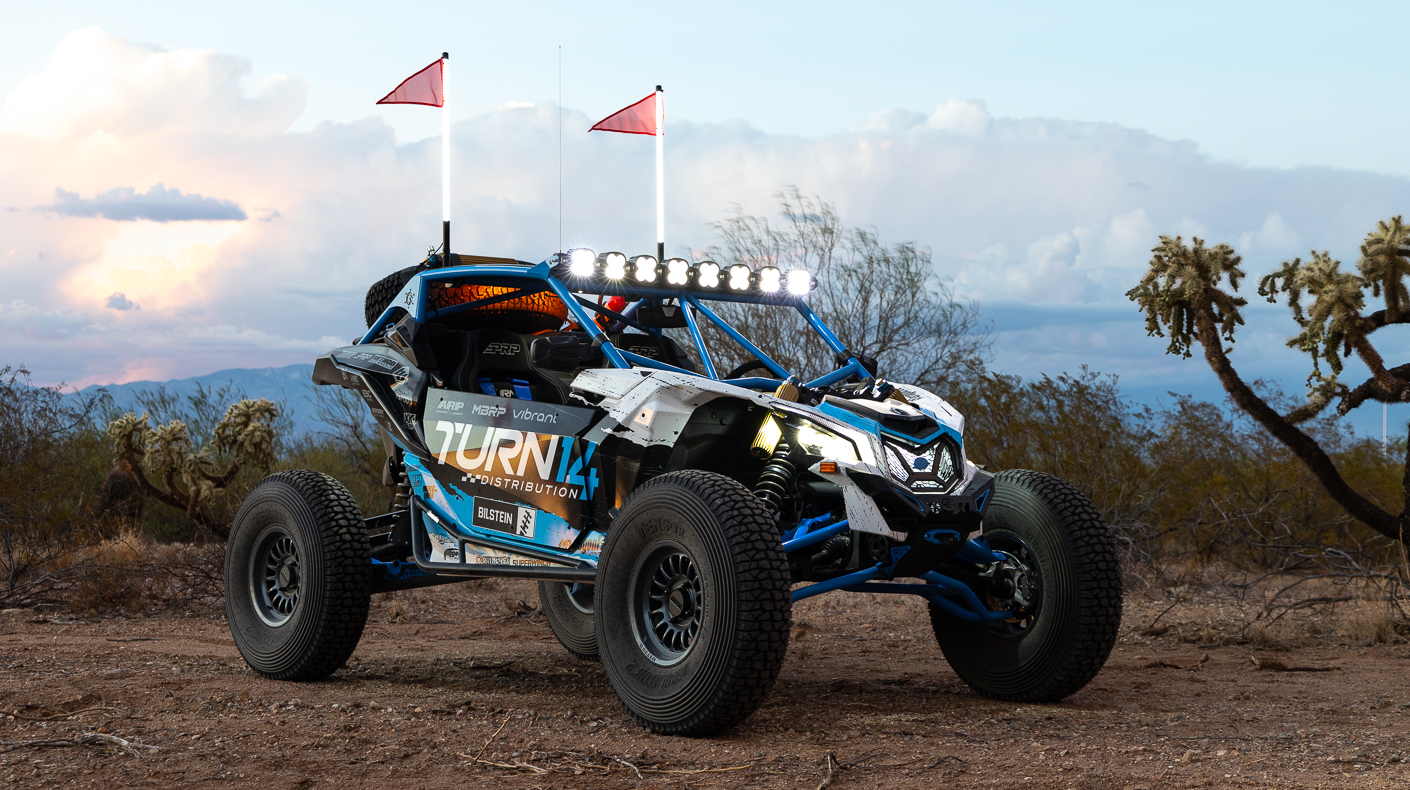
The Turn 14 Distribution '25 Can-Am X3 XRS Turbo RR build will be given to one of its dealers early next year.
In typical form, beyond the Trucks & Coffee hours, Turn 14 Distribution will also be offering their partners exclusive happy hours and lunches, as an excuse to hang out a little more.
On top of all these fun connections, Turn 14 Distribution is kicking off the Show week with a Welcome Happy Hour after the first day of the show in a very special place: on top of the West Hall's Terrace, overlooking the entire convention center. This new summit spot offers attendees a nice view of the city and the Las Vegas Sphere!
This exclusive, invitation-only event for Turn 14 Distribution's customers and select vendor partners is designed to tide them over until dinner, allowing them to rest up from the busy opening day, grab a drink and enjoy some finger food--all while the monorail and taxi madness subsides. Turn 14 Distribution dealers who want to attend should contact their sales representative, as spots are limited.
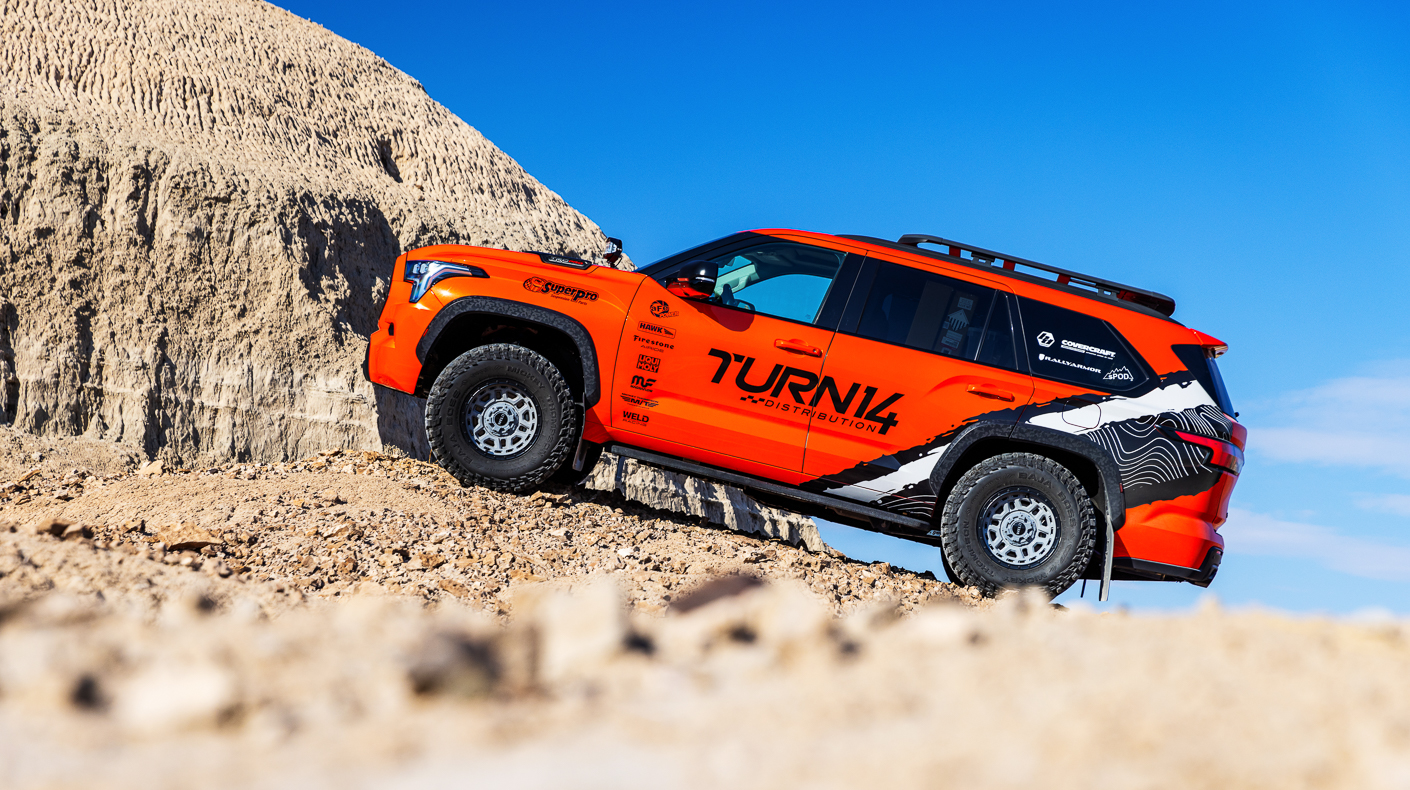
The Turn 14 Distribution Toyota Sequoia build will be given to one of its dealers early next year.
Turn 14 Distribution is a leading, award-winning wholesale distributor of automotive and powersports aftermarket parts in the United States. With strategically located distribution centers, the company provides ground shipping to 100% of continental United States dealers within two days or less. Leveraging proprietary technology, Turn 14 Distribution drives automation, real-time data and innovative logistics to deliver best-in-class service. Privately owned and operated, the company is run by enthusiasts, for enthusiasts. Learn more at www.turn14.com.
